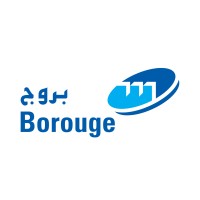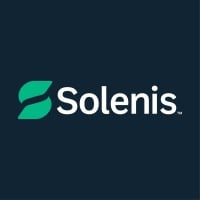
Borouge
Founded in 1998 through a strategic partnership between ADNOC and Borealis, Borouge was formed to build and operate a petrochemical complex in Al Ruways, United Arab Emirates, with a sales and marketing business in Singapore. Borouge, listed on the Abu Dhabi Securities Exchange (ADX symbol “BOROUGE” / ISIN “AEE01072B225”), is a leading petrochemical company that provides innovative and differentiated polyolefin solutions. ADNOC owns a majority 54% stake and Borealis holds a 36% stake in Borouge. With its base in the United Arab Emirates and Marketing & Sales head office in Singapore, Borouge employs more than 3,000 people representing over 40 nationalities and serves customers in 50 countries across the Middle East, Asia and Africa. Building on the unique Borstar® and Borlink™ technologies and over 50 years of experience in polyolefins, Borouge provides innovative, sustainable and value creating polymer solutions for packaging, infrastructure, energy, mobility, agriculture and healthcare applications that address global challenges such as climate change, food protection, access to fresh water, energy conservation, healthcare and waste management. In 2014 Borouge successfully commissioned its Borouge 3 expansion plant, increasing the Company’s annual capacity to 4.5 million tonnes of polyethylene and polypropylene and making Borouge’s site in Ruwais, UAE, the world’s largest integrated polyolefins complex. Borouge has expanded its commercial and logistics network in the Middle East and Asia, established a world-class Innovation Centre in Abu Dhabi and expanded its Application Centre in Shanghai. Focused on its mission, ‘value creation through people and innovation’, Borouge ensures that its customers are provided with differentiated products with improved reliability of supply throughout the value chain. Borouge is committed to the principles of sustainability and is a signatory of the chemical industry’s Responsible Care® Global Charter.






